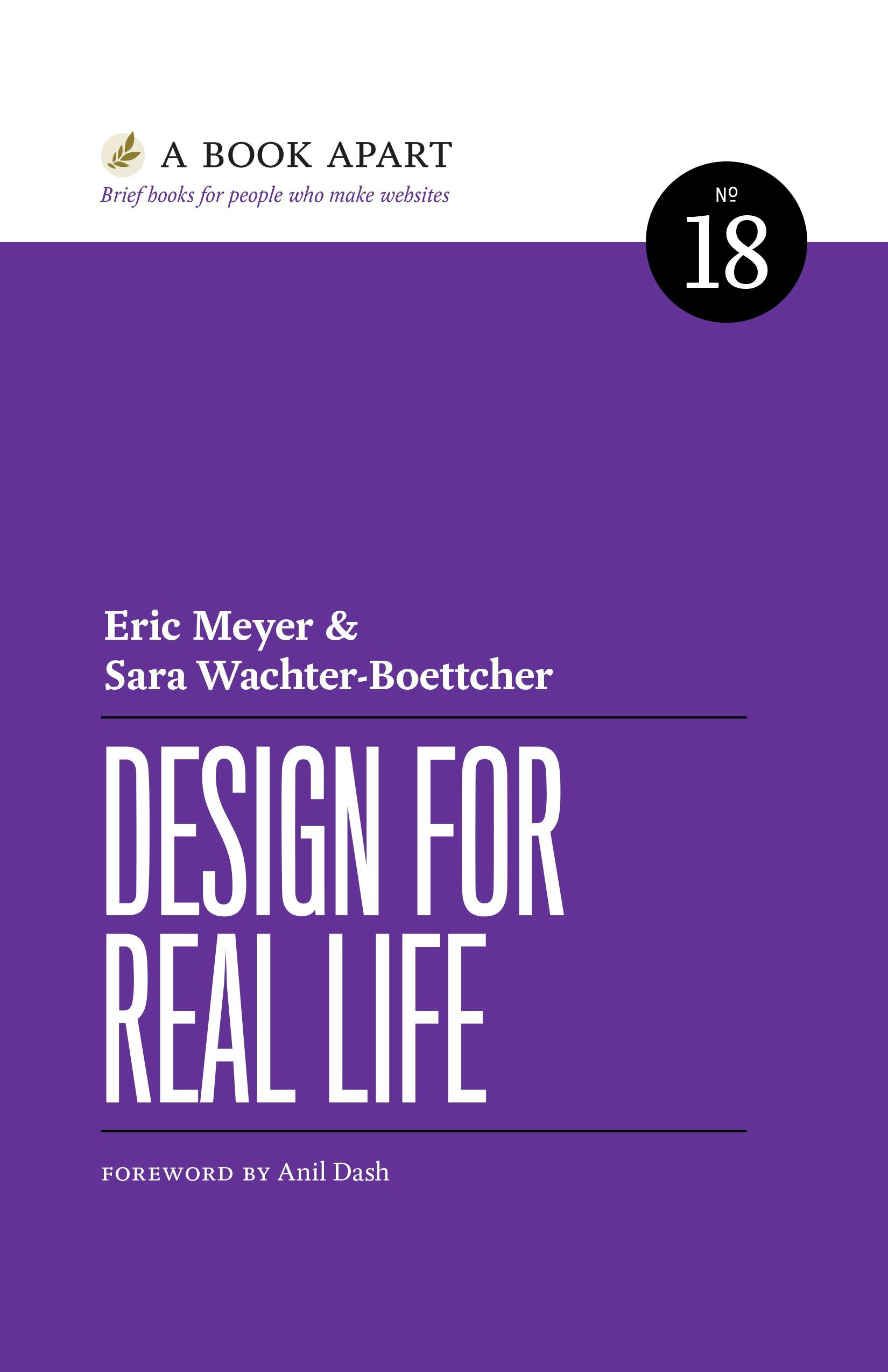
This book made me a better designer, by giving me a more holistic understanding of a designer’s job. It didn’t just help me with understanding how to present, it opened my eyes about what to present and why, giving me a JTBD perspective on my artifacts. And most importantly, it pointed out that cross-functional partners are more likely to be receptive to a design rationale if I invest in my working relationship with that person. It’s an absolutely indispensable book!

Reading this book was one of those moments where I learned I wasn’t crazy, or needlessly over-thinking. It leans towards a design system being more than just a style guide and a UI kit, envisioning the design system as an artifact of a company’s culture. My favorite part was where she spells out how different companies, with different cultures, will make different decisions about how to shape their design system—with examples of specific companies, their culture, and their design system.

Everything we design touches a living, breathing, feeling human being. This book has many cautionary tales of well-intended designs that impacted their users in a negative way. I believe we all have more in common than sets us apart, but I love the way this book challenges us to be thoughtful and empathetic about the ways other people are different from ourselves. Best of all, the book ends with some advice on how to advocate for design that does the morally right thing, by speaking to the business case.
